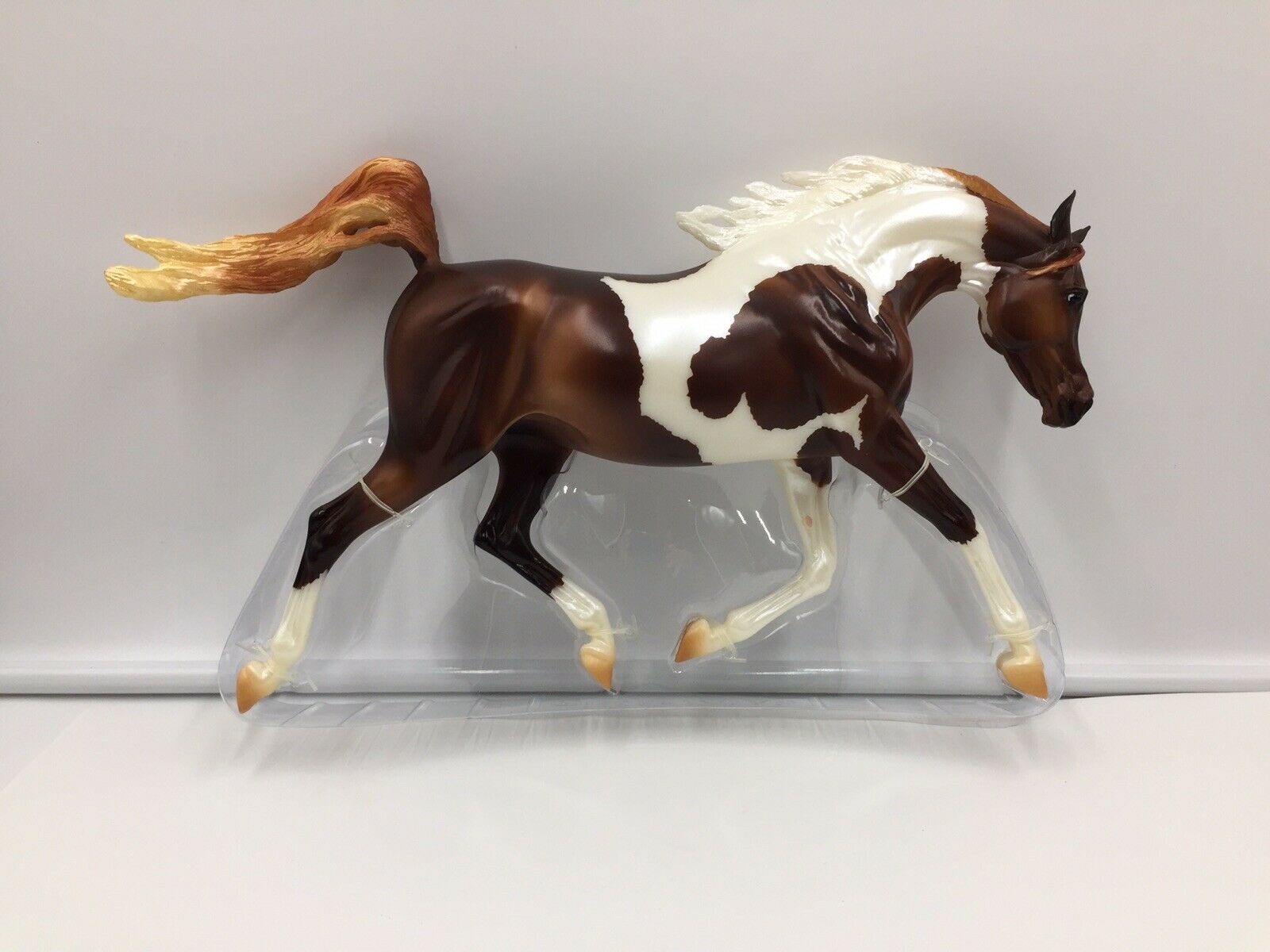Horses are majestic creatures that have captured the hearts of humans for centuries. With their strong, powerful bodies and graceful movements, they have been used for transportation, agriculture, and even in war. But beyond their functional purposes, horses have also been bred and admired for their unique coat colors. One color that stands out in particular is the flaxen liver chestnut, a rare and stunning hue that adds to the beauty of these already magnificent animals.
Read more:
- Can Horses Eat Grapes? – All Important Things You Should Know
- Horse Riding in London A Guide to Exploring the City on Hooves
- Exploring the Magnificent Westbury White Horse
- The Golden Horse Name A Reflection of Honor and Prestige
- How to Put a Horse Down Understanding the Euthanasia Process
- Flaxen Liver Chestnut Horse The Beauty of a Rare Color
What is a Flaxen Liver Chestnut Horse?

A flaxen liver chestnut horse, also known as a light liver chestnut or a blood bay, is a horse with a chestnut base coat and a mane and tail that is lighter in color, often a golden or creamy shade. This gives the horse a striking contrast between its dark body and light hair, making it stand out among other horses.
Origin of the Flaxen Gene
The flaxen gene, which causes the lighter hair on the mane and tail, is a recessive gene that can be found in many breeds such as Thoroughbreds, Arabians, and American Quarter Horses. It originated from the Middle East and became prevalent in Europe during the 16th century when Arabian horses were brought over for breeding purposes. The flaxen gene is often associated with horses that carry the chestnut base coat, but it can also appear in other colors such as black and bay.
Difference between Flaxen Liver Chestnut and Palomino
Although both palominos and flaxen liver chestnuts have a similar appearance with their lighter hair on the mane and tail, they have distinct differences. A palomino has a golden or cream-colored coat with a white or light-colored mane and tail, while a flaxen liver chestnut has a darker base coat with a lighter mane and tail. Additionally, the flaxen gene is recessive, while the cream dilution gene that creates palomino coloring is dominant.
Famous Flaxen Liver Chestnut Horses
Some of the most notable horses with the flaxen liver chestnut coloring include Secretariat, the legendary Thoroughbred racehorse who won the Triple Crown in 1973, and Trigger, the famous horse used by Roy Rogers in his movies and TV shows. Other well-known horses with this color are Arabian stallion Khemosabi and American Quarter Horse mare Zips Chocolate Chip, both successful show horses.
Breeds That Can Have Flaxen Liver Chestnut Color
While the flaxen liver chestnut color can appear in many breeds, there are a few that are more commonly associated with it. These include:
- Arabian: As mentioned earlier, the flaxen gene originated from Arabian horses, so it’s no surprise that they are often seen with this color.
- Thoroughbred: Many Thoroughbreds carry the flaxen gene due to their Arabian ancestry and are often seen with striking chestnut coats and light manes and tails.
- Morgan: This versatile breed often has a deep chestnut base coat, making it a popular choice for the flaxen gene to express itself.
- American Saddlebred: Known for their flashy looks and high-stepping gaits, American Saddlebreds can also have the flaxen liver chestnut color, adding to their eye-catching appearance.
Other breeds that can have this color include the American Quarter Horse, Friesian, and Dutch Warmblood.
Genetics of Flaxen Liver Chestnut Color
The flaxen gene, also known as the silver dapple gene, is caused by a mutation in the STX17 gene. It is a recessive gene, which means that both parents must carry it for it to appear in their offspring. If only one parent carries the gene, the resulting foal will not have the flaxen liver chestnut color but can carry the gene and pass it on to its own offspring.
How to Care for a Flaxen Liver Chestnut Horse

Like any other horse, a flaxen liver chestnut requires proper care and maintenance to stay healthy and happy. Here are some tips for caring for these beautiful animals:
Feeding and Nutrition
A horse’s diet is essential for its overall health and well-being, and a flaxen liver chestnut is no exception. Good quality hay or pasture should make up the majority of their diet, along with a balanced feed that provides necessary vitamins and minerals. It’s also crucial to ensure they have access to clean, fresh water at all times.
Grooming
Grooming is not only essential for keeping a horse’s coat clean and shiny, but it also helps to promote bonding between the horse and its owner. Flaxen liver chestnuts may have a lighter mane and tail, which can be more prone to sun damage and tangling, so regular grooming is vital. This includes brushing the mane and tail (using detangler if necessary), picking out the hooves, and cleaning the entire body with a curry comb and brush.
Exercise and Training
Horses thrive on physical activity, and a proper exercise routine is crucial for their physical and mental well-being. Flaxen liver chestnuts can excel in various disciplines such as dressage, show jumping, and even trail riding. Regular training sessions with an experienced rider can help bring out the best in these horses and strengthen the bond between horse and rider.
FAQs about Flaxen Liver Chestnut Horses

What colors can a horse have with the flaxen gene?
The flaxen gene can express itself in a variety of colors, including chestnut, black, and bay. However, it is most commonly seen in horses with a chestnut base coat.
Are flaxen liver chestnuts more prone to health issues?
No, the flaxen gene does not make the horse more susceptible to any particular health issues. Like all horses, they require proper care and nutrition to stay healthy.
Can a flaxen liver chestnut horse have a dark mane and tail?
Yes, although it is less common, a horse with a flaxen gene can have a darker mane and tail, but it will still be lighter than its body color.
Is it possible for two flaxen liver chestnut horses to produce a non-flaxen foal?
Yes, if both parents carry the flaxen gene but do not express it, there is a chance that their offspring will not have the flaxen coloring.
What is the difference between a flaxen liver chestnut and a sorrel horse?
A sorrel horse has a similar reddish-brown coat as a chestnut, but it does not have the lighter mane and tail that a flaxen liver chestnut has.
In Conclusion

The flaxen liver chestnut horse is a rare and stunning color that adds to the already captivating beauty of these remarkable animals. Through careful breeding and responsible care, this color continues to thrive in various breeds and captures the hearts of horse lovers worldwide. So the next time you see a horse with a light mane and tail, take a closer look – it just might be a flaxen liver chestnut.
